I simulated this circuit and it seems to work.
I would like to drive the gate of an n-channel MOSFET, where the source can be connected to a 24 V supply, so one can't just pull the gate down to 0 V (that would break the Zener diode, the PNP, or the power switch).
The power switch should be turned on slowly (for soft start, where the only load is the huge capacitor) and turned off rapidly (so that it can interrupt a high current without getting damaged).
Would my circuit work in real life? Are the np-diodes necessary? How would one do it normally?
I mean: I just fumbled around for hours until it looked as it looks now, because a MCP1415 just likes voltages up to 18 V, while I need something that can switch up to 56V.

